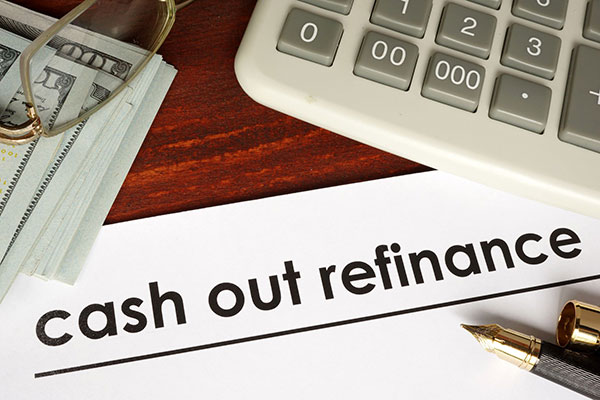Cash-out refinance: What Is It And How It Works

Do you have a mortgage that has an outstanding balance remaining after all these years? You have three options to go with for it: one is to repay all your outstanding balance in full, with money that is 100% from your own pocket. However, that would mean that you have an outstanding financial situation. Second is to continue paying it off based on the terms you will work on with your financial institution. The third option is to forget about it and let it kill your credit score, and hurt all other financing opportunities for you in the future. Of course, no one wants to go with the third option. But what if there is a fourth option where you can pay off your original mortgage and start a new one, and you can get extra money in cash as well? There is, and it is called a cash-out refinancing.
What is a cash-out refinance?
One of the most common and attractive offers most financial companies and institutions offer, especially those who are known to have the best finance rates, is the cash-out refinance option. To better understand how this works, you must first understand what a “refinancing’ is.
In the world of real estate, refinancing refers to the process of replacing an existing mortgage with a new one. Most of the time, the new mortgage is taken to extend the term of the loan for the part of the borrower. Although this may mean higher interest rates, some plans may offer lower interests, a higher number of years for the entire term, and other conditions that are in favor of the borrower.
With all of that in mind, cash-out refinancing is when a borrower takes a new loan that is of a higher amount than the remaining outstanding balance of their current mortgage, plus an extra amount that can be taken as cash.
How a cash-out refinance works
To better understand how a cash-out refinance works, consider this example. For example, think that you took out a $200,000 in mortgage to buy a house and after several years, there is a still an outstanding balance from that loan. Let’s say that there is $100,000 left of it. This also means that you have at least the same amount in home equity. This is where a cash-out refinancing comes in, and it will let you convert part of the equity into cash.
Let’s say that you are looking to convert $50,00 of your equity to cash. What you can do then is to take out a new loan for $150,000. This new mortgage would be able to pay off the current one for $10,000 and the remaining $50,000 can be taken out in cash.
Reasons to use a cash-out refinance
There are many reasons why many people are opting for a cash-out refinance, and why you should choose to do so, too. Here are some of them:
- You can get a lower interest rate.
- You can make improvements or repairs to your home
- You can have the chance to pay-off a high-interest debt
- Finance other major things in your life or your family
Risks of using a cash-out refinance
While there are benefits to taking a cash-out refinancing, there are risks and dangers that come with it as well.
- It can increase the rate of your existing mortgage
- Taking one can also mean that you must pay PMI (private mortgage insurance) again.
- It can unnecessarily drag out the payment for your existing debt, at least on your part.
- If you are not careful enough, taking one carelessly might be a risk for you to lose your home.
- It can tempt you to make your home a piggy bank–which is not right.
